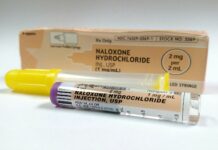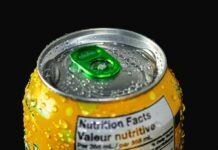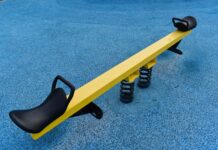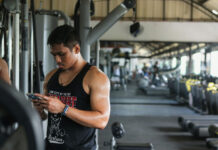Help! First the plastic straws go. Now sunscreen? Is it true that our sunscreen chemicals can damage the reefs? While our community health might be better by avoiding those plastic straws, and especially the liquid that most often passes through them, we can’t necessarily say that avoiding sunscreen has those same happy consequences for our well-being.
While the city commission still hasn’t ruled on the sunscreen debate, we’ve had excellent discussions about the uses and potential hazards of oxybenzone and octinoxate, the controversial sunscreen chemicals. One thing that has come out of this debate: a “teachable moment” regarding sun protection for kids. Let’s focus on what families can do regardless of their stance on the oxybenzone/octinoxate ordinance. But first, let’s take a brief look at why our worries go beyond the discomfort of a sunburn.
The increased risk of skin cancer from sun exposure is real — and not only the common, treatable cancers that affect older adults. There’s good evidence that sun exposure increases the risk of more serious, often fatal cancer known as melanoma. While melanoma is not common in children, constituting only 1 percent to 4 percent of all cases, sun exposure in childhood affects the likelihood of getting the disease later. Even one childhood sunburn has been found to double the chance of melanoma.
Despite all of this, there is some good news: sun protection goes beyond using sunscreen. Let’s look at some of the ways that you can protect the younger set (and yourself), while we see how the debate surrounding the proposed ordinance plays out.
First of all, when at all possible, arrange any sun exposure for the beginning or end of the day when those rays are less strong and therefore less risky. Use that time for sun time; during the noon hour, move into a shady spot (shade doesn’t offer total protection, but it’s better than direct sunlight) or cover up.
Speaking of covering up: clothing does provide good sun protection when done right. Consider a light layer of long-sleeve clothing. Manufacturers of “summer” clothing (however long in the year it’s worn) sometimes will put an “ultraviolet protection factor” on the label. If not, you can usually hold a piece of clothing up to the light to see how much sunlight it lets in. And don’t forget one of our wonderful Key West hats and protective eyewear to complete the ensemble.
Regardless of these sun defense measures, sunscreen is also likely to be part of the protection equation. With this in mind, I checked out recommendations from the American Academy of Pediatrics. A policy statement from 2011 mentioned that some studies were concerning regarding oxybenzone’s absorption through the skin and its potential effects on hormones in humans. (It also mentioned other potential concerns about other ingredients.) While calling for more research, the authors still considered sunscreen to be a useful part of sun protection.
I also took a field trip to one of our local pharmacies (yes, the barefoot guy staring at sunscreens and not buying anything was me, for anyone who was watching). I checked ingredients and found quite the variety. Many had oxybenzone and/or octinoxate; many did not. I’d say that in my unscientific survey it was about 50 percent for the former and 25 percent for the latter. So, we have options.
The best thing we can say about sunscreens is that they do work, and their effects, good and bad, will continue to be studied. Meanwhile, regardless of what the experts decide regarding the fate of oxybenzone and octinoxate — or any other currently used product — there is still likely to be a variety of good choices out there. And don’t forget the less controversial options of clothing, shade and timing to lower everyone’s risk.























